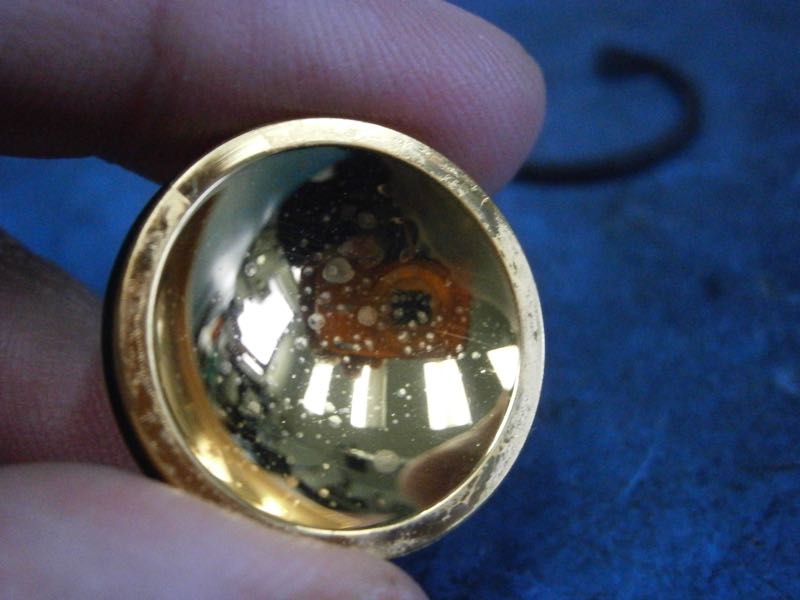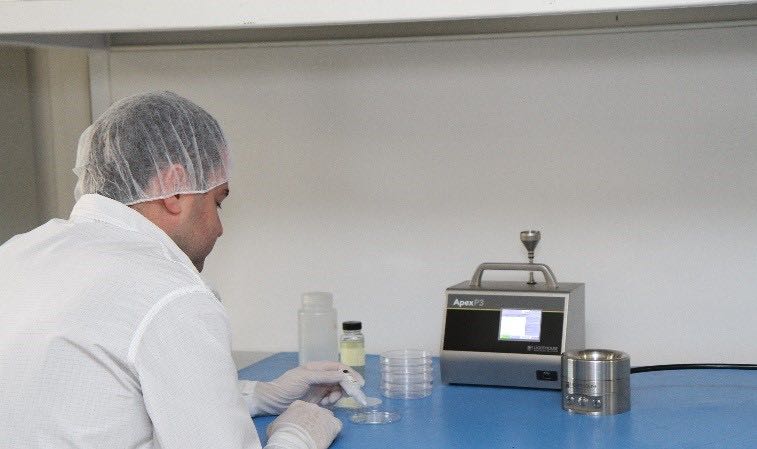Today's advanced particle measuring systems and particle counters are used in multiple cleanroom industries around the world. The data recorded and used when either certifying a cleanroom, a clean air device or for in-process monitoring is deemed critical information.
Decisions regarding this data are made on an operational level. For example, in the semiconductor industry, product yields and product quality decisions are made with this information. In the pharmaceutical industry, batches are released into the market based on the critical particle count data. This article reviews the best housekeeping methods that users of particle counters can apply to help mitigate against loss of data integrity and accuracy.
Numerous events can affect the data integrity and accuracy of an instrument set up for particle detection. Cleanroom operators and personnel interacting with the device should consider the following conditions when using and managing a particle counter:
- Transportation while in use
- Capping the sample inlet in between uses
- Instrument cleaning (housing)
- Sensor cleaning (zero filter)
- Environmental decontamination
- Sample tube length
- Maintaining calibration intervals
- Shipping back for service
Transportation while in use

Cleanroom cart to transport particle counter and to sample at working height for cleanroom certification with shortest length of sampling tubing
Particle counters are sensitive measuring devices, which have been designed to use lasers and photo-optics to collect particle size and quantity data. They may have a robust housing, but these are delicate instruments, hence they should be handled with care. The advice is to avoid any shock or major vibration that may misalign the laser and optics.
Some facilities use cleanroom-friendly carts and others carry the units by hand. While not in use, it is recommended that the particle counter is stored is a secure box or location.
Capping the sample inlet between uses
It is extremely important to keep the sample inlet capped at all times when the particle counter is not in use. Any debris or large contamination getting inside the sensor can adversely impact sensor performance as well as the results.
Instrument cleaning
When cleaning the external enclosure of the particle counter the instructions in the user manual should be followed. Here, the recommendation is to use the approved cleaning agents and to lightly wipe down the external enclosure.
Some particle counters have excellent wipe downable brackets and enclosures that hide cabling and vacuum tubing. For remote particle counters, it is advisable to mount the instruments in such cleanroom friendly enclosures.
Sensor cleaning
It should come as no surprise that a particle counter’s internal sensor can become contaminated with unwanted specks of dust or other matter. For example, if the instrument was previously used in a dirtier environment and taken to a cleaner environment then a sensor purge would be required.
By cleaning the sensor, users can eliminate cross-contamination risks. It also prevents re-aspirated particles in the bottom of the sensor from being stirred up and recounted again.
A purge time before sampling is recommended to allow the particle counter to clean up. Moreover, using a zero count filter helps the sensor “zero” out and provide verification of cleanliness. A zero count filter is also a good troubleshooting tool to verify sensor cleanliness.
Environmental decontamination
One of the biggest issues facing data accuracy is the problem around environmental cleaning solutions, such as sprays finding their way into an uncapped sensor.
Cleaning solutions droplets may deposit on the optics and mirrors, which results in clouding of the optics and mirrors. This clouding effect can have a major impact when the calibration of the unit fails.

Particle couter mirror contamination from cleaning process
If the unit is in for annual calibration, then the failure impact could be as large as 12 months. Depending on the level of “as found” failure, the data from the particle counter could be considered void for 12 months. That’s a lot of records where product releases associated with the particle counter’s data is questionable. Such an impact could influence product recall.
With this in mind, when cleaning your cleanroom environment always make sure your particle counter inlet cap is on. Avoid any liquid droplets or cleaning solution to enter the particle counter sensor.
Seek out suppliers of particle counters with self-diagnostics built into the sensor. These smart sensors can raise a service alarm if the sensor becomes contaminated so you can pull the unit from production in real time and investigate the issue straight away, avoiding the pain of a failed “as found” calibration.
Sample tube length
It has been well documented that particle losses are an issue with larger particles, above 5.0 µm. The reason is simple: long sample tubing lengths and bends cause larger particles to become trapped inside the tubing. Consequently, it is advisable to keep sample tubing to a minimum to avoid such losses.
Moreover, as these trapped particles can be accidentally introduced into the sensor and be falsely counted, it is best to keep the sample tubing to a minimum.
The Pharmaceutical Inspection Co-operation Scheme (PIC/S) describes in Annex 1 of the GMP guide for the manufacture of sterile medicinal products, the need to minimise particle counter tubing lengths.
Paragraph 6 of the section entitled Cleanroom and Clean Air Device Classification states: “Portable particle counters with a short length of tubing should be used for classification purposes because of the relatively higher rate of precipitation of particles >/5.0µm in remote sampling systems with long lengths of tubing."
Furthermore, paragraph 11 of the section entitled Cleanroom and Clean Air Device Monitoring, reads: “Airborne particle monitoring systems may consist of independent particle counters: a network of sequentially accessed sampling points connected by manifold to a single particle counter; or a combination of the two. The system selected must be appropriate for the particle size considered.”
The document continued: "Where remote sampling systems are used, the length of tubing and the radii of any bends in the tubing must be considered in the context of particle losses in the tubing. The selection of the monitoring system should take account of any risk presented by the materials used in the manufacturing operation, for example, those involving live organisms or radiopharmaceuticals."

Particle counter in LAF cabinet with short length of sample tubing. Sampling in the work zone
Maintaining calibration intervals
It is crucial, and a regulatory requirement, that critical monitoring and measurement instruments are calibrated annually.
The last thing a company needs is a failed “as found” calibration. This creates a major quality issue that can result in significant disruption and adversely impact product quality when bad data is recorded.
Manufacturers recommend at least an annual calibration. However, users of continuous particle measuring systems and monitoring systems should consider more frequent assessment to ensure confidence between service.
Shipping back for service
As mentioned earlier, particle counters are sensitive measuring devices. Therefore, when units are shipped back to the manufacturer for service, it is critical that instruments are properly insulated and packed. Manufacturers offer shipping cases and even the original cardboard shipping box and foam inserts should be utilised for return shipping. Always ensure the unit is powered off, the battery is removed and the inlet cap is fitted securely.
Key considerations
Particle counters are sensitive instruments used in many applications where the data they collect is deemed process critical. Whether for cleanroom classification or routine process monitoring, the way a particle counter is handled, operated and transported makes a big difference in maintaining the data from the instrument.
With more and more companies being cited for data integrity issues, it is important to understand the proper way to use and manage a particle counter.
Equally, with increasing emphasis on data integrity, newer particle counters featuring built-in self-diagnostics are becoming available on the market.
This new “self-diagnostic” technology can identify sensor contamination issues in real-time so that users are alerted to instances where contamination can lead to bad data and ultimately failed calibrations.
Choosing such technology ensures users are notified when events occur so they can take immediate action to safeguard their products and customers.
If you follow the advice outlined in this article and implement these recommendations into SOP’s, then you are well on the way to securing your data and understanding best practices when using particle counters.
References
- Guide to Good Manufacturing Practice for Medicinal Products: PE 009-14 (Annexes) July 2018
- FDA - Data Integrity and Compliance with Drug CGMP Dec 2018
N.B. This article is featured in the March 2019 issue of Cleanroom Technology. The digital edition is available online.

